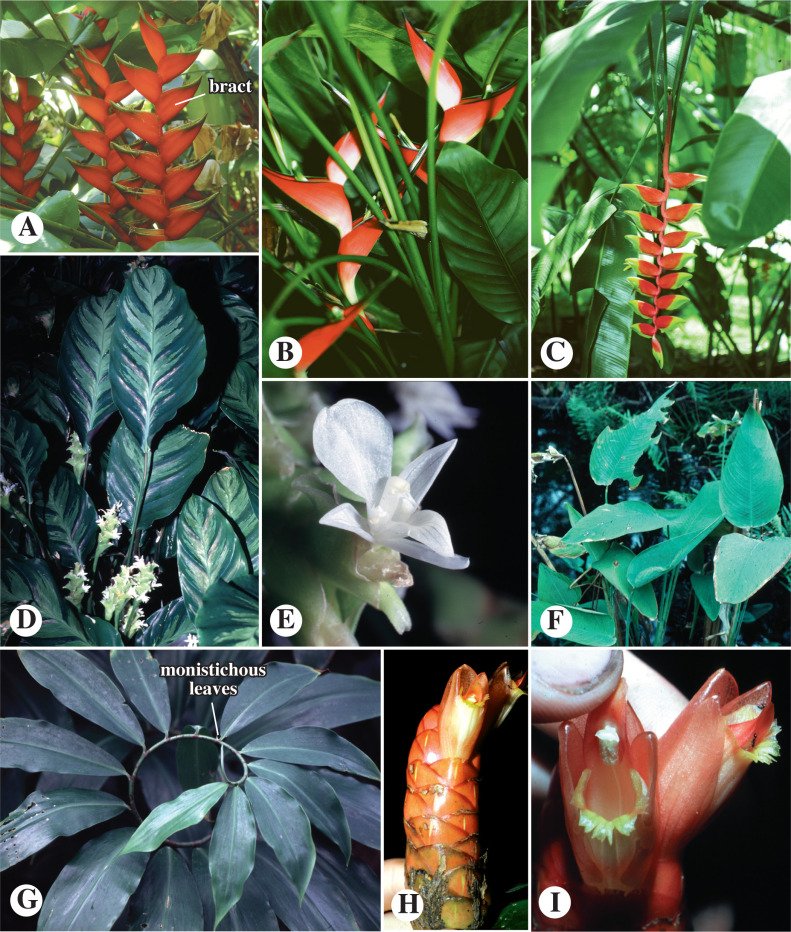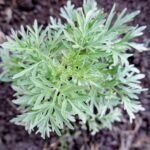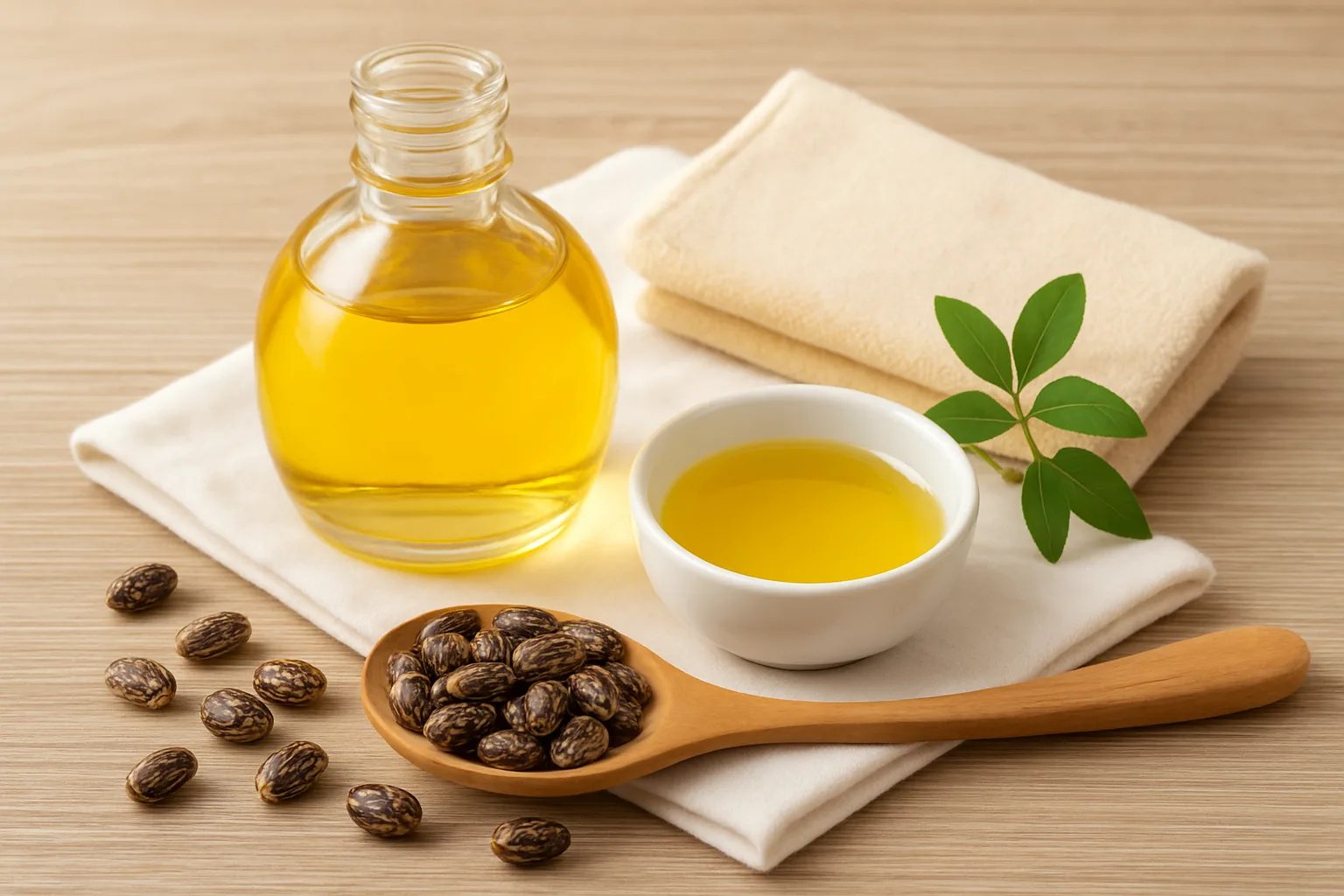
The Zingiberaceae family, a fascinating and diverse group of plants, is home to some of the most beloved and widely used spices in the world, such as turmeric and ginger. These plants are not just celebrated for their culinary uses but also revered for their medicinal properties that have been utilized for centuries in traditional healing practices. In this article, we will explore the members of the Zingiberaceae family, with a special focus on turmeric, ginger, and their relatives. By the end, you will have a deeper understanding of these plants, how they are grown, their health benefits, and their significance in cultures worldwide.
When we talk about the Zingiberaceae family, we are delving into an essential part of human history and well-being. From ginger’s role in aiding digestion to turmeric’s anti-inflammatory effects, these plants are much more than mere spices; they are powerful health allies. Whether you know it by its local name, such as “adrak” for ginger or “haldi” for turmeric, the plants in this family are integral to our kitchens and medicine cabinets. In this article, we will explore the various forms and uses of ginger, turmeric, and their relatives, including how they can be used for health, wellness, and even in cooking.
The Zingiberaceae family is diverse, with each plant having its own unique set of benefits. From ginger health, including its famous compound “gingerol,” to the turmeric root’s active ingredient “curcumin,” these plants offer a variety of compounds that contribute to their medicinal and nutritional benefits. Whether you’re interested in growing ginger at home or learning about turmeric’s many uses, this article will provide valuable insights to help you make the most of these incredible plants. We’ll also discuss the best ways to incorporate ginger and turmeric into your daily routine and explore their cultural significance in different parts of the world.
The Zingiberaceae Family: A Brief Overview

The Zingiberaceae family, commonly known as the ginger family, is a large family of flowering plants that includes over 50 genera and about 1,300 species. The most well-known and widely used members of this family are turmeric and ginger. These plants thrive in tropical and subtropical climates, making them staple ingredients in many culinary traditions across Asia, Africa, and the Americas. Aside from turmeric and ginger, the family also includes lesser-known plants such as galangal, zingiber, and fingerroot, all of which share some common characteristics, including their aromatic rhizomes and use as spices and medicines.
Turmeric, scientifically known as Curcuma longa, is a root plant that produces a golden-yellow powder used extensively in cooking, particularly in curries and sauces. Haldi powder in English, as it is often referred to, has become a household name, not only for its vibrant color but also for its many health benefits. The active compound in turmeric, curcumin, has been studied for its anti-inflammatory and antioxidant properties. On the other hand, ginger, or Zingiber officinale, is perhaps the most famous member of the Zingiberaceae family. Ginger, commonly referred to as adrak in English, is used in everything from teas and smoothies to savory dishes. It contains compounds like gingerol, which is known for its anti-inflammatory and digestive benefits.
The Zingiberaceae family is incredibly diverse in its offerings. From ginger and lemongrass in teas to the use of ginger for pregnancy, many of these plants provide versatile options for health and wellness. Gravol ginger, a popular product that combines ginger with other ingredients, is commonly used to alleviate nausea. The use of honey crystals in combination with ginger, especially in traditional remedies, is a popular method for soothing sore throats and calming digestive discomforts. But it’s not just about culinary and medicinal use; growing ginger root and planting ginger can also be an enjoyable and rewarding gardening experience.
The Healing Powers of Ginger: Benefits Beyond the Kitchen
One of the most popular members of the Zingiberaceae family, ginger, has been utilized for thousands of years for its health benefits. It has a long history in traditional medicine, particularly in Ayurvedic and Chinese medicine, where it is regarded as a powerful remedy for various ailments. Ginger’s health benefits stem from its rich composition of active compounds, including gingerol, which is primarily responsible for its distinctive flavor and therapeutic properties. Ginger health is not limited to just its taste; it has proven benefits for digestion, inflammation, and even blood sugar control.
A key benefit of ginger is its ability to aid digestion and relieve nausea. Ginger for pregnancy is especially popular, as it helps reduce morning sickness, a common symptom among expectant mothers. Many pregnant women turn to ginger good for pregnancy because it is a natural remedy with fewer side effects than pharmaceuticals. Moreover, ginger’s anti-inflammatory properties make it effective for managing conditions like osteoarthritis and muscle pain. Whether you’re looking to improve digestive health, reduce inflammation, or relieve nausea, ginger use can be an excellent addition to your health routine.
Planting ginger at home is also a great way to ensure a fresh and steady supply of this potent root. Growing ginger is relatively simple, and it can be cultivated in containers or directly in the ground, provided the climate is warm and humid. The process of growing ginger root involves planting small ginger rhizomes, which sprout into lush green plants. Over time, these plants produce fresh ginger that can be harvested and used in both cooking and health remedies. For those who enjoy gardening, planting ginger root can be both a rewarding and practical endeavor.
Turmeric: The Golden Root with Remarkable Benefits
Alongside ginger, turmeric is another standout member of the Zingiberaceae family. Its active compound, curcumin, is responsible for most of its health benefits. Turmeric is well-known for its anti-inflammatory and antioxidant properties, which make it an essential ingredient in many traditional and modern remedies. The question “turmeric, what is it good for?” is often asked, and the answer is multifaceted. From turmeric for skin to turmeric for joint pain, the golden spice is a powerhouse when it comes to supporting overall health and wellness.
The use of turmeric for skin is particularly popular due to its ability to reduce redness, swelling, and irritation. Many beauty products now feature turmeric as a key ingredient due to its anti-inflammatory properties. In addition, turmeric has been shown to have benefits for the digestive system, as it can help regulate bile production and promote healthy digestion. For those dealing with conditions such as irritable bowel syndrome (IBS) or inflammatory bowel disease (IBD), turmeric price is a small consideration compared to the significant relief it can provide.
Incorporating turmeric into your daily routine doesn’t have to be difficult. Ginger and turmeric can be combined in various forms, such as in teas, smoothies, and even in soups and stews. The combination of these two powerful roots can amplify their effects, providing an even stronger anti-inflammatory response. Whether you’re drinking a warm cup of ginger and turmeric tea or adding a pinch of haldi powder to your meals, there are countless ways to enjoy the benefits of these two plants.
Growing and Harvesting Ginger and Turmeric
Both ginger and turmeric can be grown at home, making them accessible to anyone interested in natural remedies or organic food production. Growing ginger requires patience, as it can take several months before the rhizomes are ready for harvest. The key to successful ginger cultivation is providing warm, moist conditions with plenty of indirect sunlight. Planting ginger root is straightforward, and once established, the plant requires minimal care.
Turmeric, like ginger, grows best in warm, tropical climates, though it can also be grown indoors if provided with the right conditions. It takes a bit longer to mature, typically requiring around 8–10 months before the roots can be harvested. Whether you’re an experienced gardener or a beginner, growing turmeric can be a fun and rewarding project that allows you to harvest fresh turmeric for your kitchen or health needs.
Conclusion: Embrace the Power of the Zingiberaceae Family
In conclusion, the Zingiberaceae family, with its impressive range of plants like turmeric, ginger, and their relatives, offers more than just flavor and fragrance. These plants have been used for centuries for their medicinal benefits, and their continued popularity is a testament to their effectiveness. From ginger for pregnancy to the powerful curcumin in turmeric, these plants can significantly improve our health in natural and sustainable ways.
Whether you choose to enjoy them as spices in your cooking or incorporate them into your health regimen, the Zingiberaceae family provides a wealth of opportunities for better living. With the right knowledge and cultivation techniques, you can even grow your own ginger root or turmeric, ensuring a fresh and constant supply. So, explore these incredible plants, and embrace the power of ginger, turmeric, and their relatives for a healthier and more flavorful life.
By understanding the versatility and healing powers of these plants, you can unlock new potential for your health, your kitchen, and even your garden. From the soothing effects of ginger and lemongrass to the anti-inflammatory wonders of turmeric, the Zingiberaceae family is truly a gift to humanity, offering endless benefits for both body and mind.
















